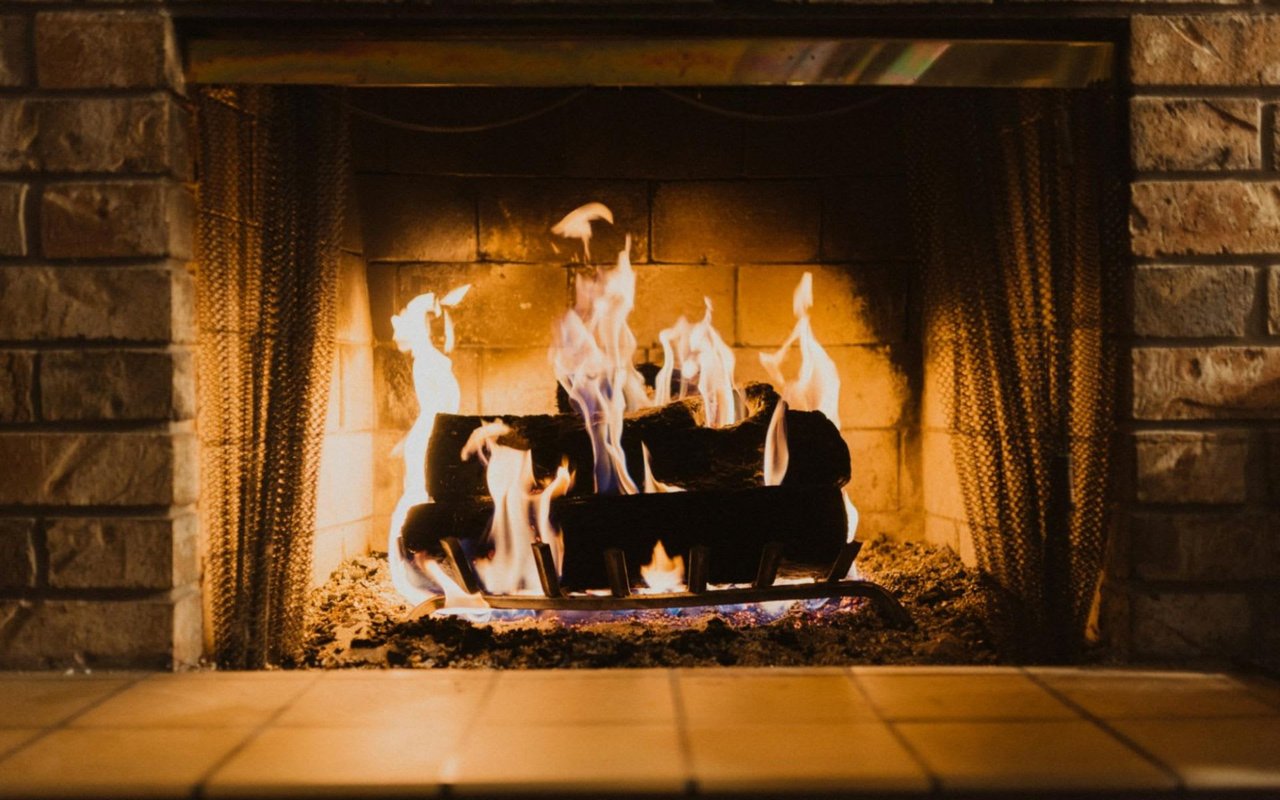Moving during winter presents unique challenges that require careful planning and preparation. Whether you are moving locally or across the country, it is essential to anticipate and address the specific considerations of colder months. This guide unveils essential tips for moving in winter.
Planning Your Winter Move
Start planning early to secure the best moving dates and rates. Winter weather can be unpredictable, so monitoring forecasts for both your current and destination locations is crucial. Consider flexible moving dates to avoid severe weather conditions and ensure a smoother transition.
Packing Strategically for Winter Moves
Packing for a winter move requires strategic thinking and attention to detail. Use insulated boxes and wrap fragile items thoroughly to protect them from temperature changes. Consider using blankets or towels for added insulation and to cushion delicate items. Utilize vacuum-sealed bags for bulky clothing to save space and protect against moisture.
Planning for Seasonal Storage Solutions
As you unpack and organize your belongings in your new home, consider seasonal storage solutions for winter gear and holiday decorations. Invest in durable storage bins or shelves to keep seasonal items organized and easily accessible throughout the year. Label storage containers clearly to identify contents and streamline retrieval when needed, ensuring a clutter-free living space.
Ensuring Safety During the Move
Safety is paramount during a winter move—clear pathways of snow and ice at both your old and new homes to prevent accidents. Lay down protective coverings on floors to minimize tracked-in snow, ice, and mud damage. Keep emergency supplies readily accessible, including flashlights, batteries, blankets, and snacks. Stay vigilant and take breaks to avoid exhaustion during the physically demanding tasks of moving in winter.
Weather Monitoring and Contingency Planning
Winter weather can disrupt moving plans. Monitor forecasts closely for both your current and destination locations. Have contingency plans for snowstorms or icy conditions that could delay or complicate your move. Stay in touch with your moving company to adjust plans as needed and communicate effectively with family and friends assisting with the move.
Vehicle Preparation for Winter Conditions
If driving to your new home, prepare your vehicle for winter conditions well in advance. Equip it with snow tires, check antifreeze levels, and ensure you have adequate windshield washer fluid. Pack an emergency roadside kit with essentials like a shovel, ice scraper, jumper cables, and a first aid kit. Plan your travel route on major roads that are more likely to be plowed and maintained during winter weather. Consider scheduling a vehicle maintenance check-up before the move for added peace of mind. Stay updated on road conditions via apps or local authorities.
Setting Up Utilities in Advance
Coordinate with utility companies to ensure services are activated at your new home before moving day. This includes heating, electricity, water, and internet services. Having utilities ready upon arrival will help you settle in comfortably, especially during cold winter days. Make a checklist of essential contacts and utility providers to facilitate a smooth transition.
Maintaining Comfort and Warmth
Prioritize comfort and warmth during your winter move by packing essentials like extra blankets, warm clothing, and hot beverages. Keep a portable heater or heating pads handy for temporary warmth, especially during breaks or downtime. Ensure your new heating system is operational before moving day to create a welcoming environment from the start.
Winterizing Your Property
Prepare your new home for winter conditions by winterizing key areas such as windows, doors, and outdoor spaces. Seal gaps and cracks to prevent drafts and conserve energy. Clear snow and ice from driveways, walkways, and roof areas to maintain accessibility and prevent potential hazards. Consider installing weatherstripping and insulation to enhance thermal efficiency and comfort throughout the colder months.
Settling In
Upon arrival at your new home, ensure utilities are turned on beforehand for a comfortable transition. Unpack essential items first, such as bedding and kitchen supplies, to ease into your new environment. Inspect your belongings for any damage incurred during transport and document issues for insurance purposes. Familiarize yourself with the operation of heating systems and thermostats. Consider decorating with warm, cozy elements to make your new space inviting during the colder season.
Embracing Winter Moving Benefits
While challenging, moving in winter offers unique advantages such as lower moving costs and greater availability of moving services. Take advantage of off-peak moving rates and negotiate competitive deals with moving companies. Enjoy quieter neighborhoods and less competition in the real estate market, giving you more options and flexibility in your home search.
Your Winter Real Estate Journey Starts Here
Moving in winter requires thorough planning and careful execution to navigate the challenges brought by cold weather and potential hazards. By preparing adequately, packing strategically, and prioritizing safety, you can ensure a successful and less stressful move despite the seasonal conditions. Remember to stay flexible and adaptable, keeping communication open with all parties involved to address any unexpected challenges promptly.
Whether you are looking for a cozy retreat to settle into or a new space to start fresh this winter, contact
Bowman Properties today to begin your winter real estate journey with confidence.




















































